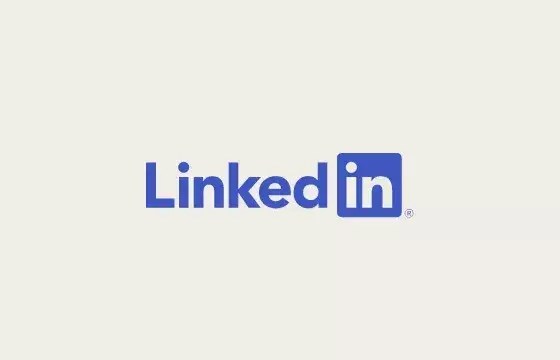LinkedIn’s latest move toward expanding its data-sharing and AI capabilities reflects a broader trend in the tech industry—leveraging user data to enhance advertising and AI functionalities. While this may seem like a natural evolution for a platform that thrives on professional insights and network-building, the approach raises significant questions about user privacy and control. The decision to share more detailed user data with Microsoft, under the guise of providing more relevant and targeted advertising, underscores a complex balancing act. On one side, it promises users more tailored content and job opportunities; on the other, it invites an increased risk of data commodification and erosion of privacy.
This strategic evolution also highlights a philosophical shift from transparent user control to subtle data integration. By enabling AI-driven content creation and improved matchmaking between employers and job seekers through more sophisticated algorithms, LinkedIn is positioning itself as an AI-enhanced professional tool. Yet, this progress comes at the expense of increased data exposure, which can leave users feeling commodified in a digital ecosystem where professional identities are now being commodified for profit.
Subtle Encroachment and User Autonomy
The move to share non-identifiable engagement data with Microsoft seems benign at first glance. However, the underlying implications suggest a broader concern—the gradual normalization of extensive data sharing as a standard business practice. Users are subtly nudged towards acceptance, with opt-out options available but often buried within privacy settings. The fact that opting out means you will still see less targeted ads—but not necessarily fewer ads—suggests a strategy of data normalization that could erode user trust over time.
What’s particularly troubling is the regional differentiation in policy application. The update predominantly affects users outside the EU, where data privacy laws tend to be stricter. This inconsistency hints at a greater willingness in less regulated regions to share user data freely, further highlighting an uneven global approach to privacy rights. It also raises ethical concerns about whether users truly understand what they’re sacrificing in terms of their personal and professional data.
Artificial Intelligence and the Future of Work
The inclusion of AI training clauses marks a significant step toward integrating generative AI into the core LinkedIn experience. From creating content to improving job matching, AI tools are poised to become indispensable. However, the trade-off involves feeding these models with user data—public content, profiles, engagement patterns—potentially without clear, comprehensive user consent.
This development underscores a growing dependency on AI for professional opportunities, which can be a double-edged sword. On one hand, AI-driven tools could democratize access to opportunities, making the job market more efficient and personalized. On the other, it raises the specter of algorithmic bias and the loss of personal agency. Users’ skills, aspirations, and professional stories are being mined not just for better services, but to train AI systems that will shape the future of work in ways users have little control over.
The default opt-in setting for AI training further complicates matters. Many users may overlook the implications of such defaults, unwittingly ceding their data for algorithmic refinement. In a time when AI’s influence is expanding rapidly, this can lead to a future where individual data is weaponized to serve corporate innovation—often at the expense of user autonomy and privacy.
Questionable Transparency and the Need for Vigilance
While the legal language surrounding these policy updates appears standard, it ultimately masks the deeper issues at play: consent, transparency, and control. The reality is that most users will not read or fully understand the implications of these complex policies, which are often buried in lengthy documents.
This opacity is problematic. Data sharing, AI training, and targeted advertising are central to the monetization strategies of tech giants, yet they are framed as enhancements to user experience. The normativity of this practice fosters complacency, subtly shifting the expectation that users should accept increased data sharing as part of the digital professional landscape.
Therefore, it is crucial for users to critically evaluate these updates, weighing the perceived benefits against potential compromises to their privacy and autonomy. The question remains: Are we comfortable with the idea of our professional lives being continuously mined, analyzed, and used to fuel the AI engines of corporate giants? Until transparency and user empowerment become priorities, these policies will continue to represent a double-edged sword—a technological advancement cloaked in the language of progress, but with potential costs that are often overlooked.

